Results
-
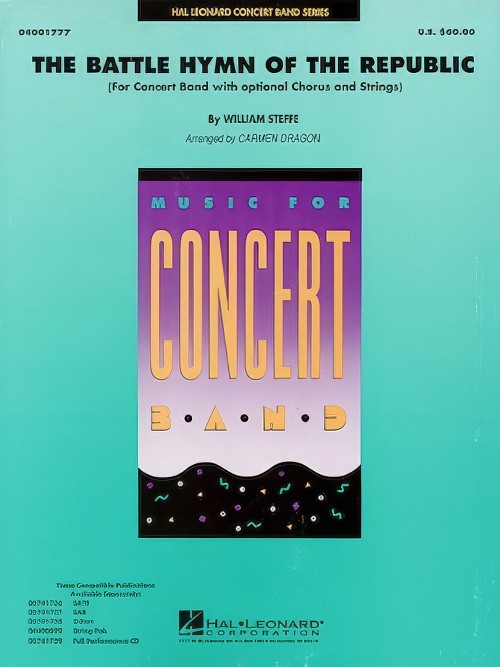 £76.99
£76.99The Battle Hymn of the Republic (Concert Band - Score and Parts) - Steffe, William - Dragon, Carmen
With a similar approach to his famous "America, The Beautiful," Carmen Dragon's arrangement of this beloved American hymn is considered to be one of the most dramatic and effective versions ever produced. In this edition, optional choral and string parts are now available, making this a superb and memorable finale for a multi-group concert.
Estimated dispatch 7-14 working days
-
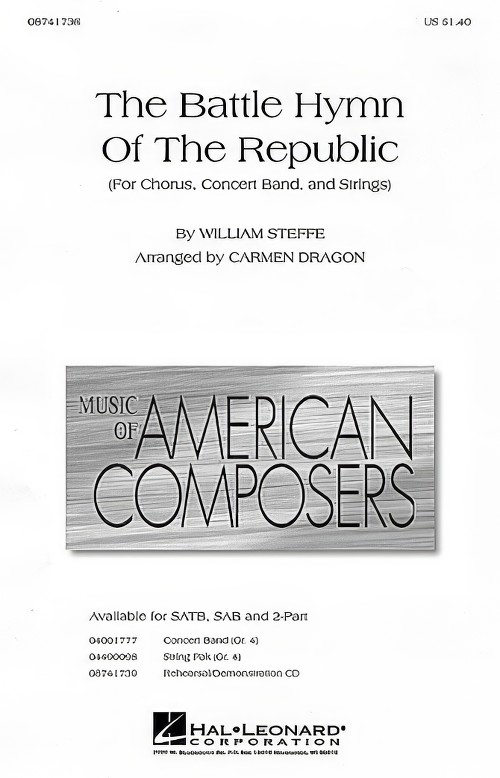 £2.25
£2.25The Battle Hymn of the Republic (SATB Choral Octavo) - Steffe, William - Dragon, Carmen
With a similar approach to his famous "America, The Beautiful," Carmen Dragon's arrangement of this beloved American hymn is considered to be one of the most dramatic and effective versions ever produced. In this edition, optional choral and string parts are now available, making this a superb and memorable finale for a multi-group concert.
Estimated dispatch 7-14 working days
-
 £2.10
£2.10The Battle Hymn of the Republic (2 Part Choral Octavo) - Steffe, William - Dragon, Carmen
With a similar approach to his famous "America, The Beautiful," Carmen Dragon's arrangement of this beloved American hymn is considered to be one of the most dramatic and effective versions ever produced. In this edition, optional choral and string parts are now available, making this a superb and memorable finale for a multi-group concert.
Estimated dispatch 7-14 working days
-
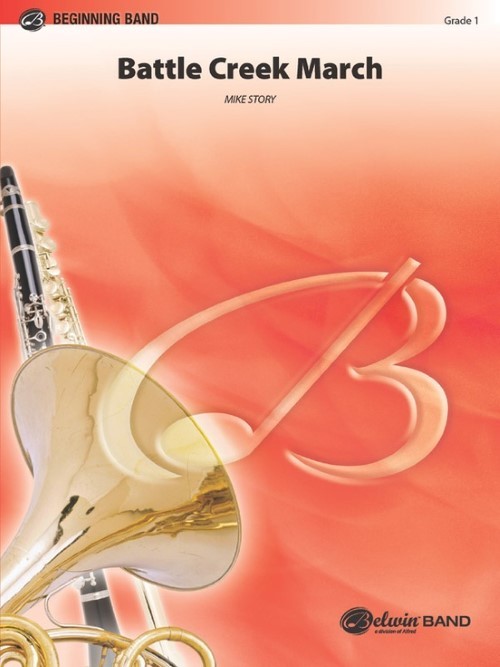 £50.50
£50.50Battle Creek March (Concert Band - Score and Parts) - Story, Mike
After a quiet and subdued opening, layered sonorities build a flow to a forceful, tutti conclusion. There are no surprises and the degree of difficulty is a secure grade 1. This march will serve as a fresh opener for your next concert.Duration: 1:45
Estimated dispatch 7-14 working days
-
 £37.62
£37.62Battle Hymn of the Republic (Concert Band - Score and Parts)
James Swearingen knows how to make a very young group sound terrific, and he displays his writing talents beautifully in this well-crafted concert piece for very young bands. Students are highly motivated by Swearingen's music and you'll have no trouble getting them to work hard on this one!
Estimated dispatch 7-14 working days
-
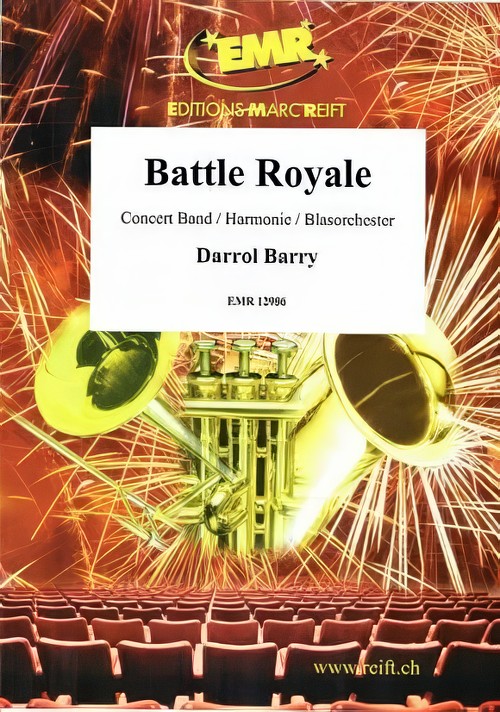 £95.00
£95.00Battle Royale (Concert Band - Score and Parts) - Barry, Darrol
Duration: 5.00
Estimated dispatch 7-14 working days
-
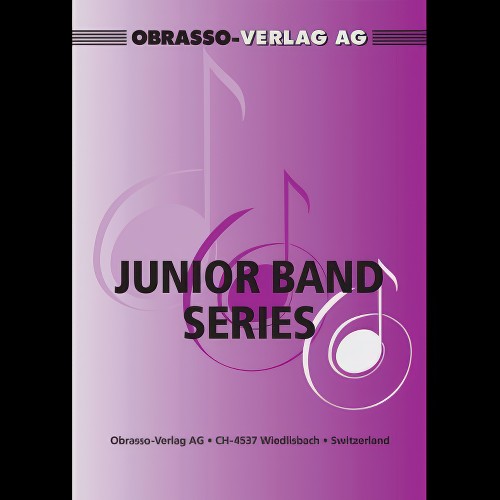 £42.60
£42.60Battle Song (Flexible Ensemble - Score and Parts) - Fernie, Alan
8 Part Flexible Ensemble and Percussion
Estimated dispatch 7-14 working days
-
 £41.58
£41.58Epic Battle 3000 (Concert Band - Score and Parts)
Give your youngest musicians a challenge with this dramatic concert work that is sure to grab their attention. The students will imagine great futuristic battles in the year of 3000, all the while they are improving their basic skills that are so important in the development of young band students. Your audience is sure to be impressed by the strong themes and powerful harmonies that make your youngest students sound great!
Estimated dispatch 7-14 working days
-
 £90.00
£90.00The Battle of Shiloh - Barnhouse, C. L. - Paynter, John P.
A tribute to C.L. Barnhouse senior. The long-awaited revival of one of the truly great early publications in the Barnhouse catalog. A real gem!
Estimated dispatch 7-14 working days
-
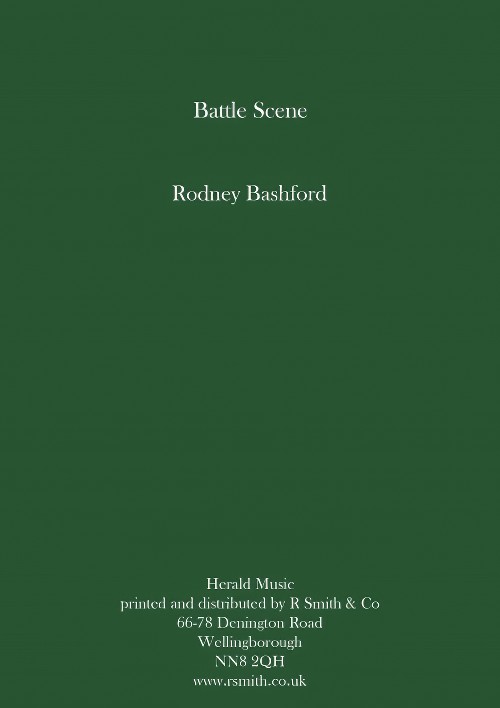 £19.95
£19.95A Battle Scene (Concert Band - Score and Parts) - Bashford, Rodney
This set is March Card Sized
Estimated dispatch 7-14 working days
